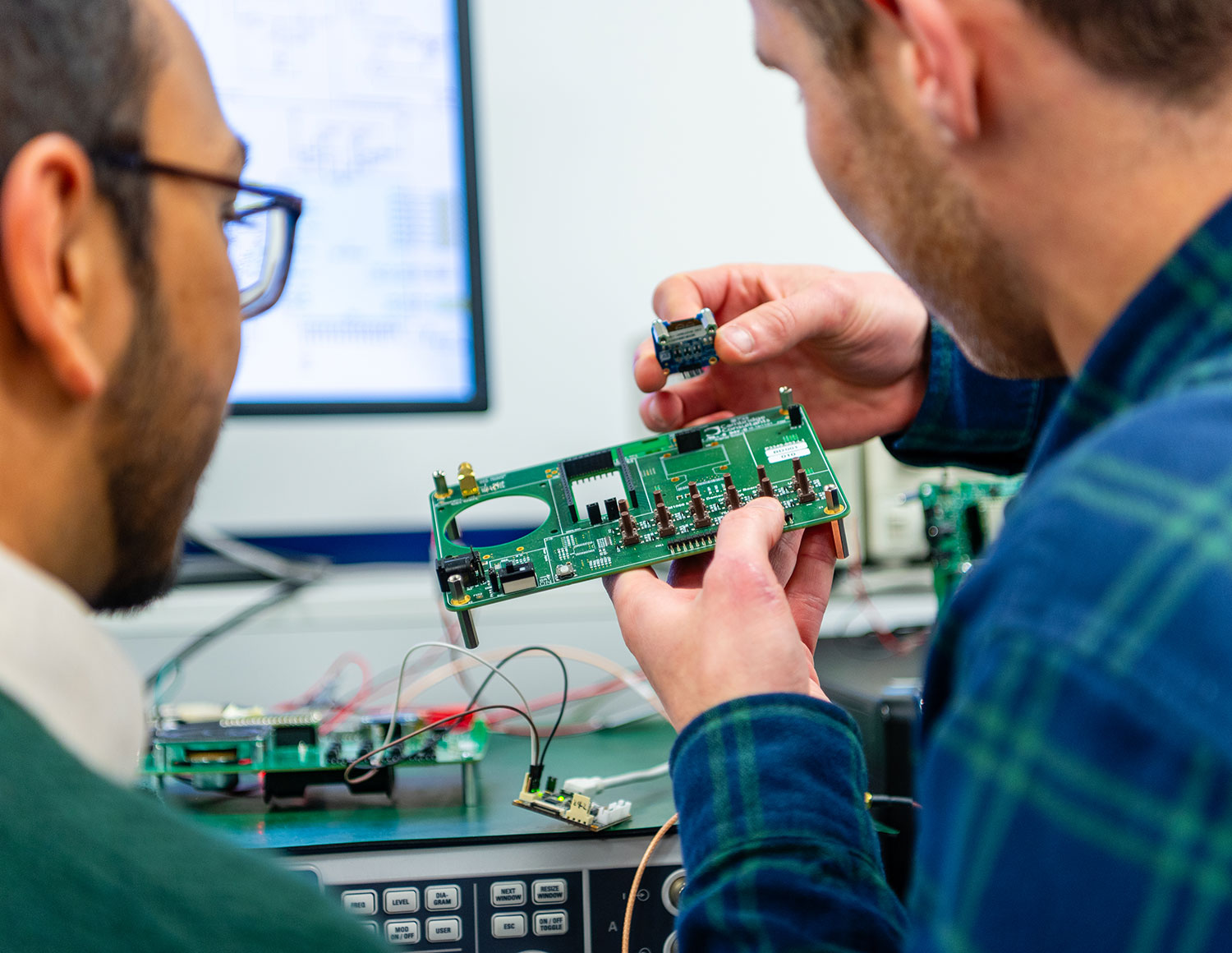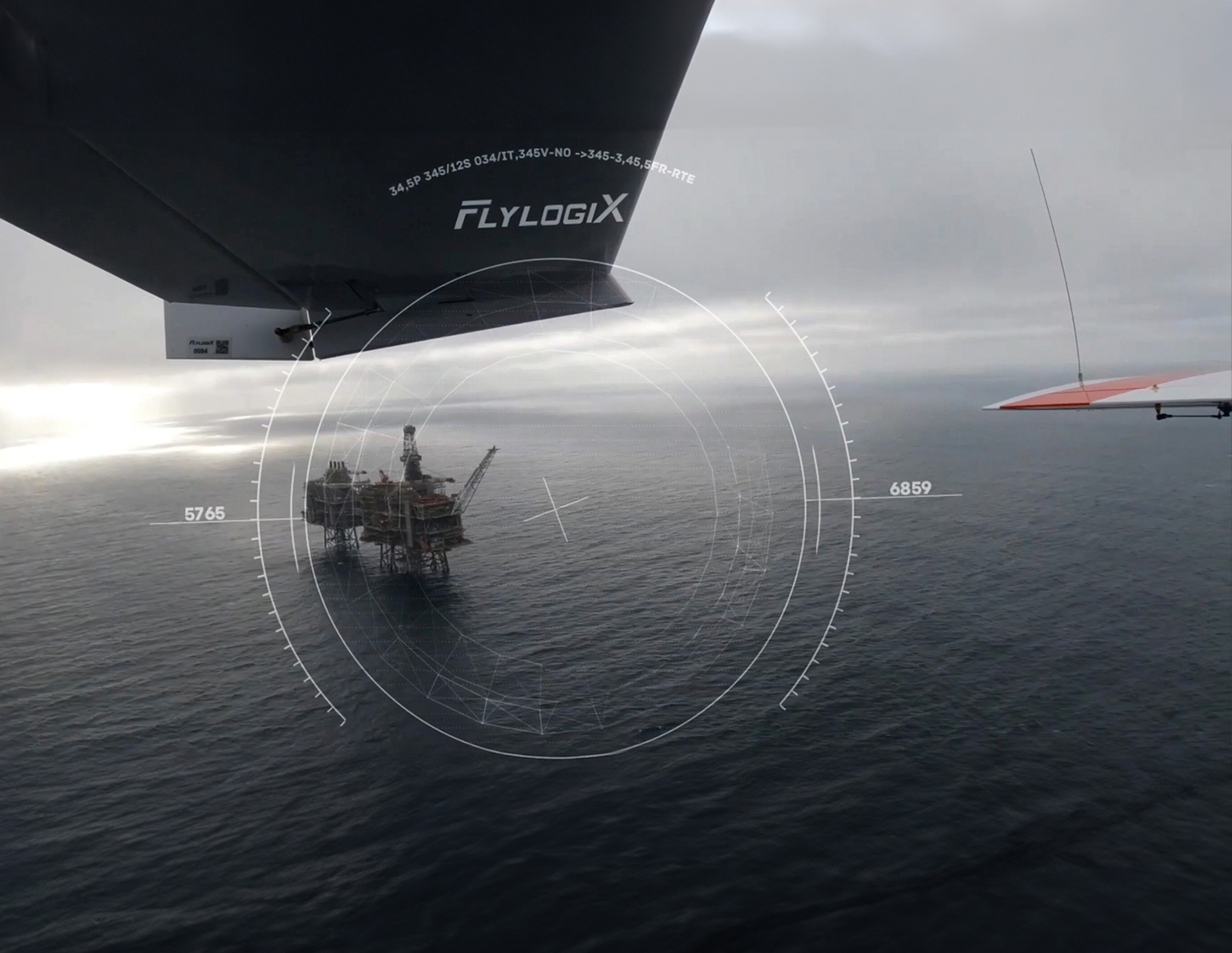ケーススタディー
Brief
The emerging ‘Internet of Things’ (IoT) and new radio technologies such as 5G will result in billions more radios operating in the crowded radio spectrum. However, analogue radio components are costly and constrain the ability to miniaturise the radio device.
By taking radios completely into the digital domain they transcend physical barriers and benefit from Moore’s Law, shrinking in cost, size and power consumption with each generation. Such digital RF radios can be made cheaper and fitted closer together, supporting new radio features such as massive MIMO (multiple input, multiple output) without a cost penalty.
Approach
With digital computing signals now running faster than radio signals, we decided to see if we could use computing power to generate those radio signals. An algorithmic bottleneck had thwarted previous efforts – but our breakthrough works around that bottleneck by employing computational parallelism.
In doing so, we built a radio based purely on computing power, with no conventional radio parts. With 78 billion calculations being performed every second, we’ve transformed the maths behind radio design.
Benefit
Pizzicato is a turning point in wireless design – with the ability to transmit or receive signals directly from digital circuits. It enables many tiny, high-performance radios to squeeze together in new radio devices. And it unlocks new ways of using spectrum intelligently – enabling the creation of cheaper and smaller 5G systems with multiple radios and antennas.
Pizzicato holds the key to lower-cost IoT devices and is set to boost innovation in a market that is predicted to reach 20 billion connected ‘things’ by 2020.




